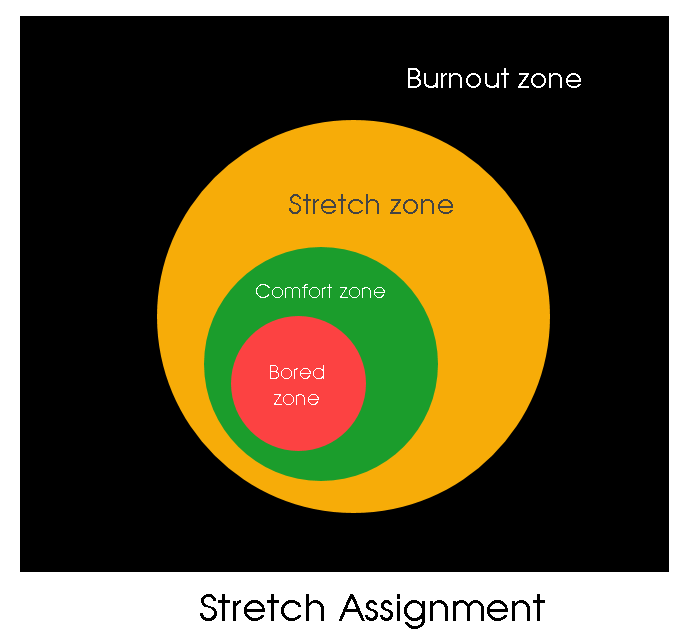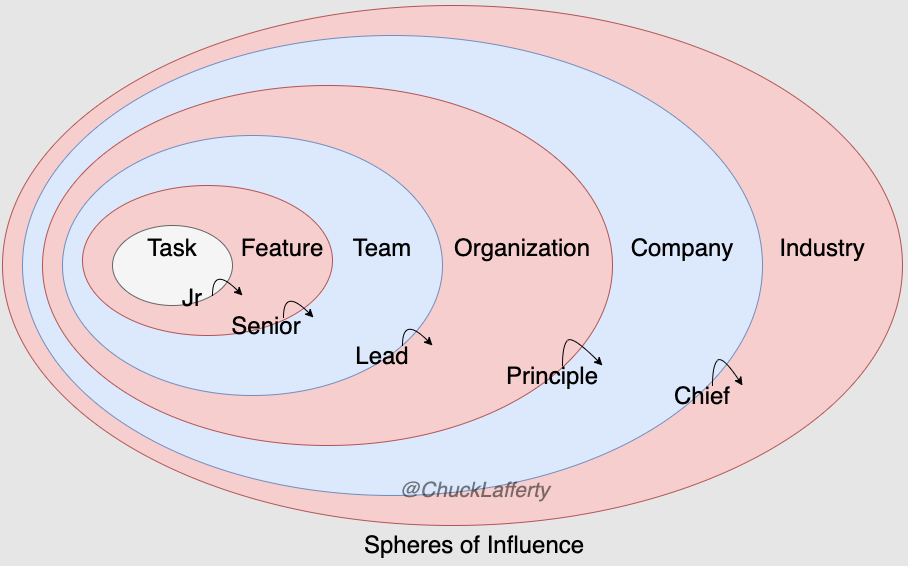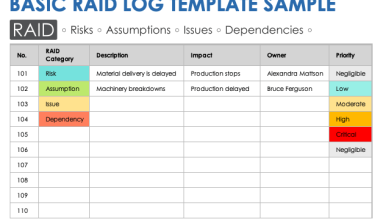Most companies aim to build high-performing teams that have motivated engineers. One of the best ways to achieve this is through creating an environment that allows your engineers to constantly grow and develop their skills. Assigning your engineers some stretch work assignments will help with creating this growth-based work environment.
Stretch work assignments are tasks or projects that are a bit beyond an engineer’s current skill or knowledge level and that allow them to improve and learn new things. When done correctly these assignments serve a dual purpose of providing learning opportunities for your engineers, while at the same time completing a project or task that will help your company.

Some examples of stretch work assignments for engineers:
- Taking the lead on a project outside of their current duties.
- Mentoring interns.
- Working on a project with a tight deadline that forces quick and pragmatic decisions.
- Joining a project that uses a different programming language/technology to the one they are used to.
When setting up stretch work assignments for your engineers, you want to identify tasks that are at the appropriate level: a little bit more than what an engineer has shown themselves capable of. You also want to ensure you don’t set up your engineers for failure by assigning them with stretch work assignments that are impossible or overwhelming.

Below, I will discuss how to assign effective stretch work assignments for your engineers.
Keep stretch work assignments small and manageable
Breaking down stretch work assignments into smaller pieces allows engineers to receive faster feedback on their learning.
A small stretch work assignment allows engineers to measure their progress and receive useful feedback in short cycles: every few days or every week. Small stretch assignments have a defined achievable goal for each cycle. You should deconstruct extremely ambitious stretch work assignments for your engineers into several short-term stretch goals and include multiple cycles. Achieving small wins will help your engineers maintain motivation and engagement.
While doing stretch assignments helps engineers grow faster, tackling large tasks that take a long time can easily backfire. Your engineers may lose motivation along the way or can suffer from burnout. If being stretched means your engineers are falling behind in parts of their work, then anxiety can build up. It also lowers the impact failing can have on the engineers. Failing fast on a small project is less painful than on a long-running project. That is why it is important to keep stretch work assignments small.
Make stretch assignments temporary
Stretch work assignments are effective when they are a safe way for your engineers to take on additional responsibilities and an opportunity for growth and feedback. Stretch work assignments that are temporary additional responsibilities for your engineers allow them to experiment, learn, and grow.
Ensuring the additional responsibility is temporary makes it safer as there is no fear of carrying that additional responsibility permanently. It also makes it safe to fail, as not every stretch work assignment is going to be a success.
With any additional workload, you increase the chances of burnout for your engineers. Temporary stretch assignments minimize that. To get ahead of any burnout, you could scale back to their usual day-to-day responsibilities during stretch work assignments. You could even assign the responsibilities that you scaled back to another engineer as an additional stretch work assignment.
Set realistic stretch assignments
Stretch work assignments have to be realistic to get engineers to stretch without breaking. A realistic stretch work assignment is one in which you have a high degree of confidence your engineer can succeed if they put in the work. It is a task that is possible to achieve in your environment.
When leadership is over-excited and sets goals that are impossible to reach, significant damage can be done to the engineers’ careers. When talented engineers become overwhelmed or set up for failure, they can end up looking for a better work environment outside your company.
Stretch work assignments must be carefully designed. Combine engineer self-assessment and manager assessment to determine the appropriate stretch assignments.
From the managers’ perspective, you should first really understand the strengths and interests of an engineer and then work to identify which stretch work assignments are a good fit. You should aim to challenge the engineer with a project that would sound interesting to them and be difficult but doable. Ask the following questions about an engineer before assigning them a stretch work assignment:
- Is the engineer ready for the change?
- Is the engineer ready to be uncomfortable?
- Is the engineer ready to make mistakes and learn from them?
From the engineers’ perspective, a self-assessment can determine if they are ready to take on a stretch work assignment. The engineer should be honest with themselves and assess the following:
- Whether there is a risk they will overreach, take on too much, and compromise their ability to fulfill their regular responsibilities well.
- What trade-offs it might take in their personal life to accommodate extra hours at work.
- Whether the stretch work assignment aligns with the growth they are interested in.
Realistic and effective stretch work assignments are just above an engineer’s current skill or knowledge level and force them to improve and learn new things.
Provide management support
For a stretch assignment to succeed, you can’t just throw a project to an engineer and hope for the best; management must provide support to these engineers.
Managers should set clear expectations about stretch work assignments. When do they start? What is their expected outcome? How much time is expected to be dedicated to them? When do they end? This will help provide clarity to engineers and permit them to work within a defined scope.
Managers should also give engineers the resources and authority they require to succeed. If an engineer requires resources such as a monetary budget or elevated access to IT systems to complete their stretch work assignment, their manager should make those resources available to them.
Engineers have a better chance at succeeding when there is support from senior leaders across the company.
Match stretch work assignments with engineer passion
Stretch work assignments are challenging, additional responsibilities on top of an engineer’s existing role. Strong motivation is required for engineers to be willing to take on these additional responsibilities and succeed at them. How do you motivate your engineers to take on additional responsibilities? Align the additional responsibilities with the engineers’ passions.
Engineers are more likely to succeed if stretch work assignments align with their passions. Every engineer has something career-related they are passionate about, an area they would like to grow further in and will enjoy working on. Assigning engineers with projects they are passionate about will reduce the risk of them failing. The old adage applies—“choose a job you love and you will never have to work a day in your life.”
The ideal stretch work assignments fuel your engineers’ passions, play to their strengths, and allow them to make a measurable business impact. Below are some questions you can ask to determine if an assignment aligns with an engineer’s passion.
- Does it align with the engineer’s personal mission?
- Does it align with the engineer’s career aspirations?
- Does it truly spark the engineer’s passion?
To answer the above questions, you need to have a career conversation with the engineer to help with understanding their short-term and long-term goals. This is a meaningful discussion between an engineer and another party—most often a manager—about aspects of their career that the engineer feels are of significant positive value. It should connect an engineer’s past – gaining a detailed understanding of who they are and what motivates them at work through their life story – with their future – the wildest dreams they have for themselves at the pinnacle of their career. Only with a detailed understanding of both the path behind them and the dream in the distance is it possible to plan a path forward right now.
Keep stretch work assignments voluntary
Stretch work assignments exist as extra work on top of an engineer’s regular day-to-day responsibilities. Some engineers may want to focus on getting better and doing well at their day-to-day responsibilities as opposed to taking on stretch work assignments.
Forcing engineers to take on stretch work assignments by making them compulsory will likely result in demotivated engineers. Engineers may not be interested in the area you are pushing them to grow. They may not have capacity due to other commitments. If they take on the stretch work assignments despite these concerns, they will likely fail at them.
Keep your stretch work assignments voluntary for your engineers; stretch work should never be given to an engineer without them first asking for it. The voluntary nature of it means that engineers can step into the role for a project they feel comfortable with. Engineers will likely volunteer for stretch work assignments they have some interest in and believe they can accomplish. This helps with assigning stretch work that is at the appropriate level and not overwhelming for the engineers.
Conclusion
Stretch work assignments are designed to help your engineers improve and learn new things. When done correctly, these assignments serve a dual purpose of providing learning opportunities for your engineers and completing a project or task that will help your company.
But the key is to hand out stretch work assignments that are at the appropriate level for your engineers to ensure they do not get overwhelmed and break. Failure is part of these assignments, but frustration and burnout shouldn’t be. Apply the suggested approaches to constantly grow and develop your engineers. Over time, your company will have highly skilled, well-rounded engineers.






